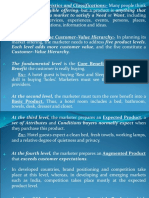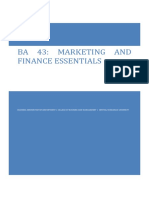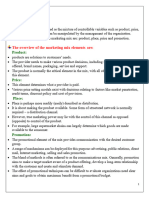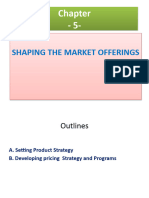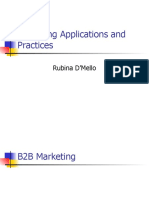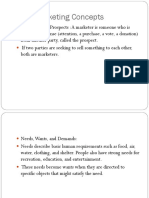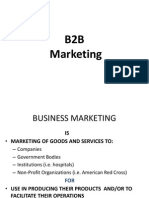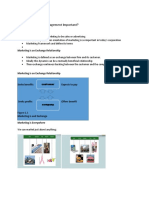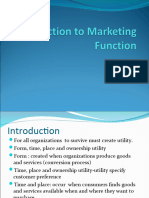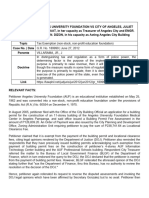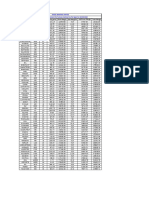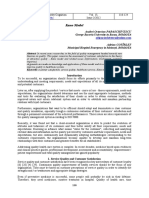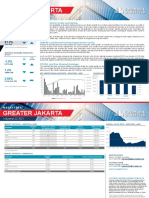0% found this document useful (0 votes)
9 views51 pagesMM-I Session 1-10
The document outlines the principles of marketing management, emphasizing its dual nature as both a science and an art. It covers key concepts such as the marketing environment, consumer behavior, segmentation, targeting, positioning, and product management. Additionally, it discusses the importance of customer relationship management and various product classifications and differentiation strategies.
Uploaded by
mba25244Copyright
© © All Rights Reserved
We take content rights seriously. If you suspect this is your content, claim it here.
Available Formats
Download as PDF, TXT or read online on Scribd
0% found this document useful (0 votes)
9 views51 pagesMM-I Session 1-10
The document outlines the principles of marketing management, emphasizing its dual nature as both a science and an art. It covers key concepts such as the marketing environment, consumer behavior, segmentation, targeting, positioning, and product management. Additionally, it discusses the importance of customer relationship management and various product classifications and differentiation strategies.
Uploaded by
mba25244Copyright
© © All Rights Reserved
We take content rights seriously. If you suspect this is your content, claim it here.
Available Formats
Download as PDF, TXT or read online on Scribd
/ 51



